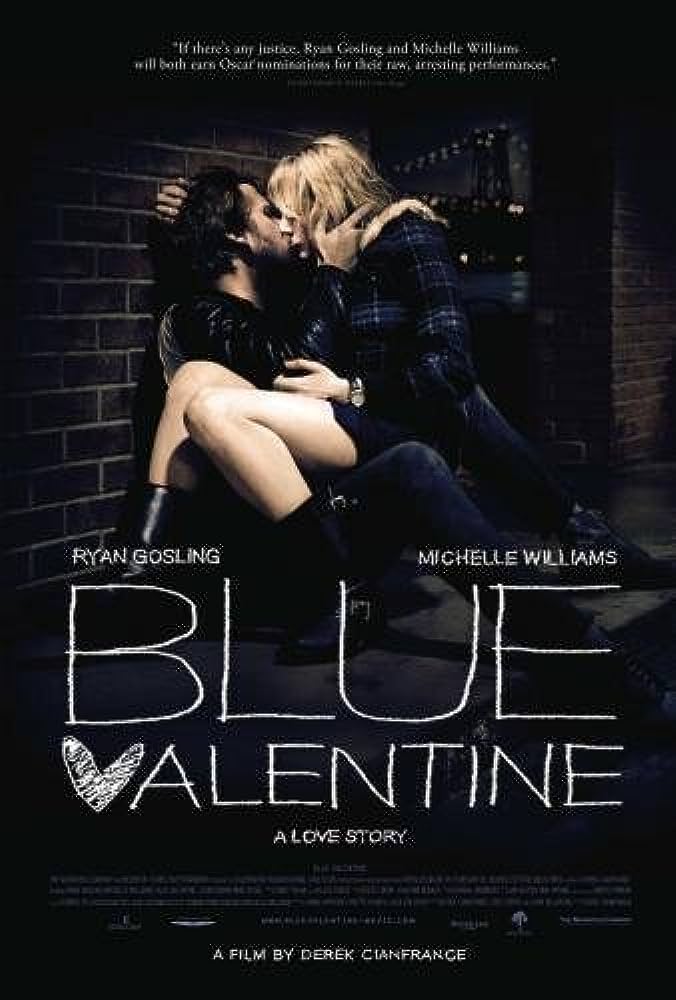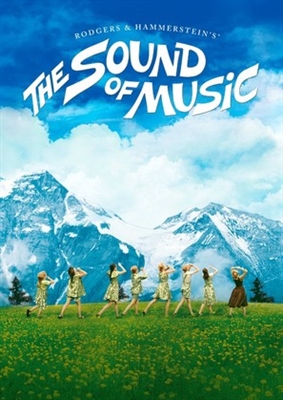Now Playing
Current DJ: peterbuckshot
Morpho Half of Two from Morpho Season (Hit the North) Add to Collection
Requests? 773-DJ-SONGS or .(JavaScript must be enabled to view this email address)
Welcome to The Fourth Wall, CHIRP's e-conversation on cinema. This week's subject is the 2010 film Blue Valentine.
This edition is written by CHIRP Radio volunteers Kevin Fullam and Cassondra Branderhorst.

Kevin:
Early on in Blue Valentine, the image that came to mind was that of an oscilloscope. What happens when you have a pair of harmonic waves that are just slightly misaligned? Over time, small differences can magnify into huge disconnects, where the two may find themselves moving in opposite directions.
In the Hollywood of yesteryear, the story of Cindy (Michelle Williams in an Oscar-nominated performance) and Dean (Ryan Gosling) would have all the trappings of a romantic comedy. There's the meet-cute (while visiting residents of a senior home), the disparate backgrounds (she's a college student, he's a high-school dropout who works for a moving company), the winsome impromptu first date (where his ukulele serenade wins her over), and even a jealous ex (played in rather creepy fashion by Mike Vogel) to boot.
In Blue Valentine, however, these elements are relayed via a series of flashbacks and comprise only half of the tale. The present day has us checking up on their marriage, five years in... and clearly, the honeymoon has long worn off. Cindy can't fathom why Dean seems content with menial work; he can't understand why the charming disposition she fell in love with no longer seems good enough for her today.
Matters reach a breaking point when Dean -- over Cindy's objections -- plans an evening for the two of them at a hotel with "theme" suites, which in their case is ominously titled "The Future." (Picture the bridge of the Starship Enterprise.) Relations are frosty before they've even arrived. Cindy is exhausted and also on call for her job as a nurse, and there's additional tension in the air after she mentions that she bumped into the aforementioned ex at a liquor store on the way there. The ex's opening salvo: Have you been faithful to your husband? Ouch.
Welcome to The Fourth Wall, CHIRP's e-conversation on cinema. This week's subject is the use of music in movies.
This edition is written by CHIRP Radio volunteers Kevin Fullam and Clarence Ewing.

Kevin:
The one-two trumpet punches of Rocky. The orchestral explosion when the Star Wars logo hits the screen. The menacing, oh-so-cool guitar riff hallmarking the entrance of 007.
Can't imagine these films or characters without their tagline anthems, can you? Strip away the Indiana Jones theme from the titular character? Might as well take the poor guy's fedora and bullwhip as well.
Of course, the power of music in film goes well beyond rousing heroic scores. There are the sweeping strings that seemed to punctuate many Hollywood romances of yesteryear, and more recently, much ink has been spilled over the role of music in horror tales, as discordance can ramp up tension even more than the sight of a rusty machete.
To say nothing of diegetic sound* -- maybe it's not such a great idea to play a crackly Joanna Newsom record ("Sprout and the Bean" in The Strangers) when you're alone and worried about a home invasion?
[* This refers to music that's audible to the characters in the film, like when someone flips on a car radio while cruising around, or, in the case of Rachel Getting Married, when TV On The Radio's Tunde Adebimpe sings at his own wedding on screen.]
The 2016 documentary SCORE! is a great primer on the subject, but as this is a CHIRP production, perhaps we should also explore a tangential avenue and talk about the intersection of cinema and independent music?